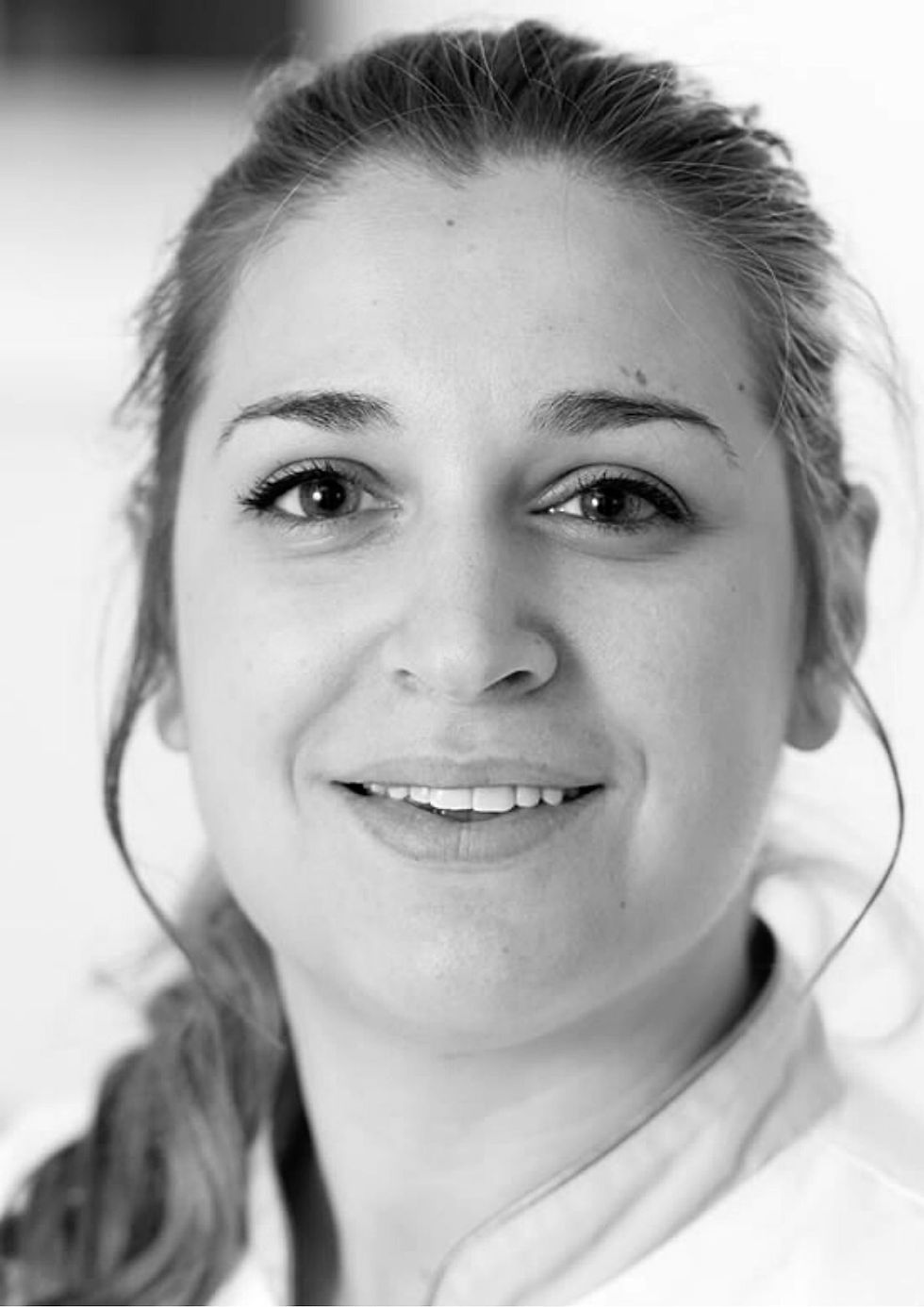Improving Your Swing & Lowering Your Handicap - A Golfers guide to how osteopathy can help
- TRC

- Nov 12, 2020
- 3 min read
Updated: Nov 13, 2020
Golf is a perpetual source of exasperation (with the occasional moments of joy) for those who play. There is a constant need for greater accuracy and increased power that oftentimes leads to ceaseless technical drills and alteration to form, in a never ending cycle to reach that elusive consistent swing. These tweaks do garner some success, and training with a good swing coach is crucial to improving performance, but is this enough?

The movement pattern required for a golf swing is highly complex, the consistent swing requires coordination of all the muscles and joints in the body, with the added input of balance and timing. Any small movements are amplified by the length of the golf club, this results in large changes in golf-head trajectory. Therefore, even small disruptions in movement patterns can cause large disruptions in your golfing performance.
All human movement requires an intuitive response; the body chooses the path of least resistance. The goal in golf is to address the ball with a neutral clubface and strike the ball in the centre of the face to produce a forward projection in a reasonably straight manner.
Problems arise if anywhere along the backswing or downswing, there is an impediment to this motion, and therefore issues can occur with regard to:
The face of the club
The path which the club takes to reach the ball
The power of the body
Although these complications are often the result of a misguided perception of what produces a good swing or the result of poor motor coordination, they can also occur when the body finds a restriction in the swing and then chooses a way around that barrier to get to the golf ball.

How can Osteopathy Help?
When examining and treating a golfer, osteopaths look at the whole body taking into account all aspects of the golf swing, identifying any restrictions in movements that might be affecting your kinetic chain of swing.
Neck/Cervical Spine: Eye contact on the golf ball means that a stable mechanical movement of the neck is fundamental to your technique and physique; an osteopath would seek to re-establish fluid mechanical movement.
Mid-back/Thoracic Spine: The osteopath will ensure that this area remains as open and flexible as possible in all movement but especially in rotation, to improve the swing and overall posture.
Lower back/Lumbar spine: The lower back movement aids in the speed and power of the swing, an osteopath would work on the rigidity of the ligaments and muscles in this area to ensure optimal rotation without strain.
Knee: The knee is forced to absorb the torque from the rotation and power of the swing, this leads to compression of the knee and tightness in the quad and hamstrings which limit movement in the lumbar spine.
Shoulder: The rotator cuff is especially affected in golfers, due to compression and extension during the backswing; this can affect the speed of the swing.
Elbow: Golfers elbow (lateral epicondylitis is a common injury which affects most golfers, an osteopath would treat the injury while teaching the golfer how to prevent the injury from recurring.
Osteopaths treat using a variety of techniques to mobilize the joints, decrease muscle and ligament tension, while providing exercises to help speed up recovery and prevent issues from reoccurring.
Ready to book an appointment? Don’t hesitate to contact us! Book an appointment online or call us on 2648 2612

























Comments